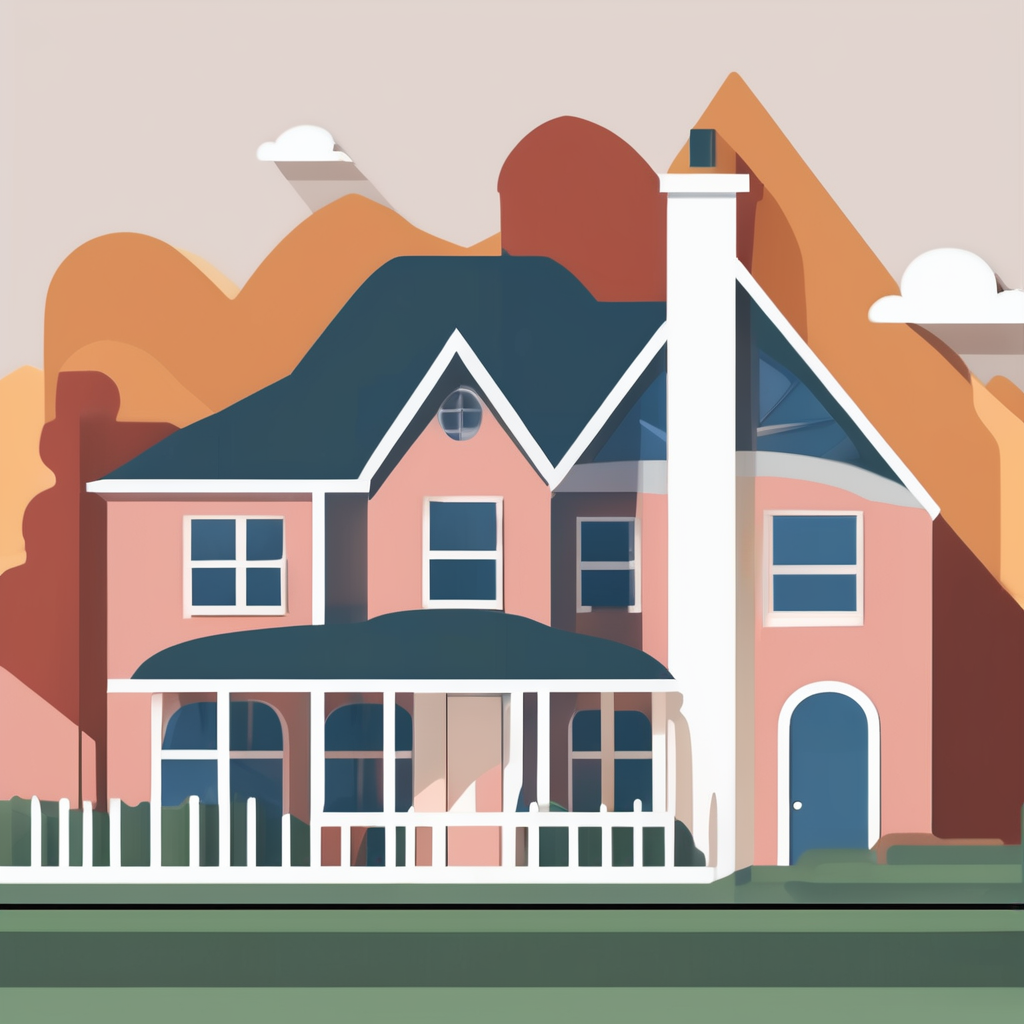Practical Ways to Boost Natural Light in UK Homes
Maximizing natural light is a key goal in UK home design, especially given the region’s often overcast weather. One effective strategy is window placement. In traditional British architecture, placing larger windows on south-facing walls can increase natural light exposure throughout the day. Skylights and roof windows are also valuable, especially in upper floors or attic conversions, as they bring daylight into spaces that typically would remain dim.
An emerging trend in UK home design is the adoption of open-plan layouts, which significantly increase natural light penetration by minimizing interior partitions. Removing walls or opting for glass partitions can help bounce light deeper into the home, making interiors feel brighter and more spacious.
Also read : How Can You Transform a Small Space with Elegance in UK Home Deco?
External factors also heavily influence how much daylight enters a home. Removing external obstructions, such as overgrown trees or tall fences, can dramatically increase incoming sunlight. Thoughtful landscaping, such as placing low-height plants near windows, ensures daylight is not blocked, while still maintaining privacy and aesthetic appeal.
Implementing these practical approaches together helps to maximize natural light and improve overall well-being in UK homes, creating more inviting and energy-efficient living spaces.
In parallel : How Can British Home Decorations Elevate Your Living Space?
Choosing Effective Glazing and Window Solutions
When selecting glazing options, it’s crucial to balance natural light with thermal insulation. Double and triple glazing are the go-to choices for energy-efficient windows. Double glazing uses two panes separated by a gap, reducing heat loss and improving soundproofing. Triple glazing adds an extra pane, enhancing insulation further, which is ideal for colder climates or homes aiming for maximum energy savings.
In the UK, popular window types include casement, sash, and tilt-and-turn styles. Casement windows open fully for ventilation and allow maximum sunlight, making them excellent for living spaces. Sash windows provide classic appeal and controlled airflow, while tilt-and-turn windows offer multi-position functionality, perfect for safety and varied ventilation needs.
To boost vertical light, integrating skylights and rooflights is an effective strategy. These options bring daylight into darker areas or upper floors without sacrificing wall space. Skylights can also improve energy efficiency by reducing the need for artificial lighting during the day. Choosing appropriate glazing for these installations ensures comfort and performance, maintaining both light quality and insulation.
Understanding your glazing options and window types in the UK helps create a brighter, more energy-saving home environment.
Interior Design Tricks to Enhance Brightness
Enhancing light in UK home interiors
Brightening UK home interiors often relies on strategic use of reflective surfaces. Mirrors positioned opposite windows amplify daylight, bouncing natural light deeper into rooms. Glass furniture or decor can add subtle light diffusion without cluttering spaces.
Choosing the right paint colours is vital. Lighter shades like soft creams, pale greys, and muted pastels reflect more light, counteracting the often overcast British climate. These tones create a fresh, airy ambiance that combats gloominess. In contrast, darker hues absorb light, so they should be used sparingly or as accents.
When considering finishes, glossy surfaces enhance brightness by reflecting light, making rooms appear larger and more vibrant. However, matte finishes can create a cosy atmosphere without dulling light too much if used appropriately. Combining the right reflective surfaces with optimal paint colours and finishes creates a balanced, luminous environment that suits the UK’s variable lighting conditions, improving comfort and visual appeal.
Product Suggestions and Visual Inspirations
Exploring before-and-after photos is key to understanding the true impact of enhanced daylight in UK homes. These visual examples vividly show how strategic use of window and skylight installations can transform dim spaces into bright, welcoming environments. For instance, many UK homes benefit from replacing traditional windows with double-glazed, energy-efficient units tailored to local weather conditions. This upgrade not only boosts natural light but improves insulation.
To maximize daylight, consider UK-specific products like VELUX skylights and sash windows engineered for British architecture. These are designed to fit seamlessly while optimizing sunlight penetration.
Visual layouts demonstrate clever placement of windows—such as in loft conversions or extensions—highlighting how their positioning dramatically increases daylight without compromising privacy. Combining fixed and operable windows can enhance airflow along with lighting. For homeowners seeking to brighten interiors, integrating mirrored or light-reflective surfaces near these installations amplifies daylight’s reach further.
By reviewing such product ideas alongside inspiring UK case studies, readers can visualize practical solutions. These examples provide a clear roadmap for effectively brightening up UK homes, blending style, function, and local suitability.
Architectural Considerations Unique to the UK
UK architectural challenges often stem from the country’s rich history and diverse building styles. One notable issue is maximizing natural light in heritage homes, which frequently have smaller, compartmentalized rooms and limited window space. Light maximization UK techniques must account for these constraints while respecting the architectural integrity of period properties.
For listed and period properties, renovation work to increase light levels requires careful planning. Owners must navigate strict planning permissions designed to preserve historical features. This process often involves submitting detailed proposals demonstrating how changes, such as installing larger windows or skylights, will remain in harmony with the original design.
Terraced and semidetached homes present common challenges due to their shared walls and narrow street frontage. These conditions limit options for adding external windows or extensions that bring in more daylight. Solutions often include internal modifications like opening up walls or using light tubes and reflective surfaces to distribute light more effectively within the home.
Understanding these factors is essential for homeowners and designers aiming to improve daylight without compromising the unique aspects of UK properties or running afoul of planning restrictions.
